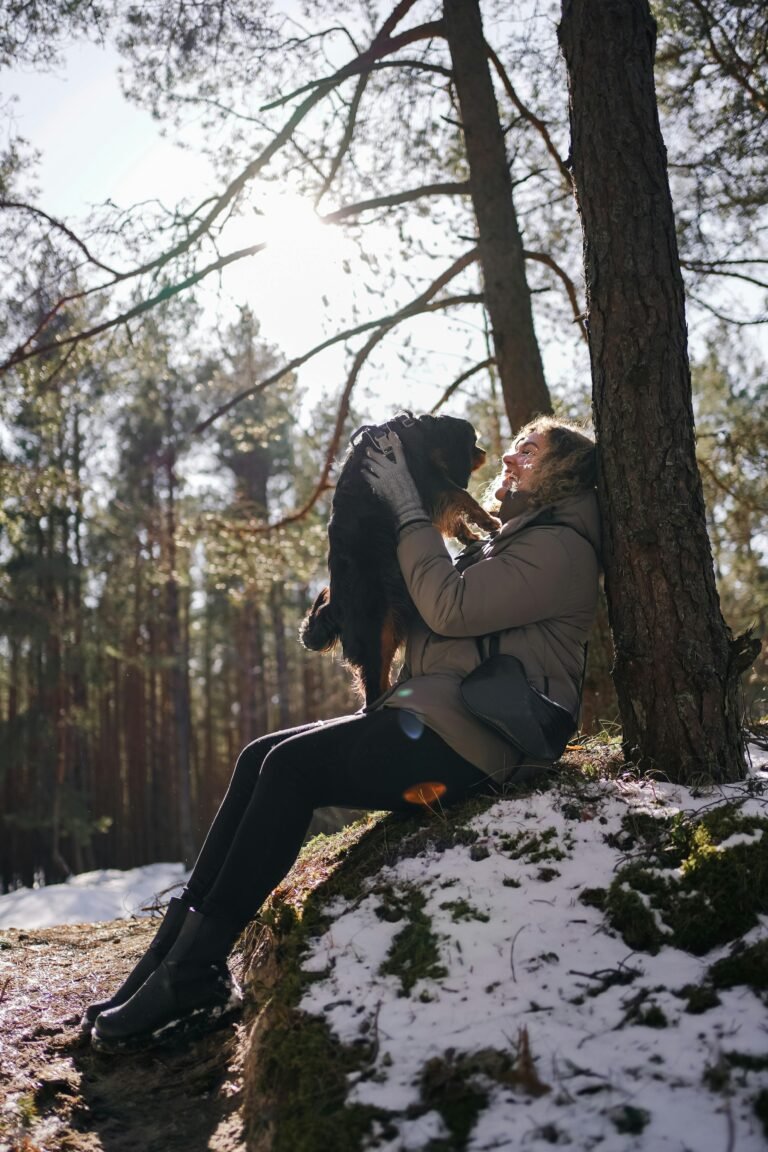Introduction
Traveling with dogs across Asia offers a fascinating mix of contrasts — ancient temples beside modern skyscrapers, bustling street food markets next to tranquil gardens. But for pet owners, Asia’s diversity extends beyond scenery. Each country has its own approach to welcoming (or restricting) dogs, influenced by culture, space, and lifestyle. Whether you’re planning a city escape in Tokyo, a tropical beach trip in Bali, or a mountain retreat in South Korea, here’s how to explore Asia safely, comfortably, and joyfully with your four-legged companion.
Understanding Dog Culture in Asia
Dog ownership in Asia has grown tremendously in the past decade. In cities like Seoul, Taipei, and Bangkok, pets are now part of everyday life — walking through cafés, shopping malls, and even boarding boutique hotels. Still, cultural attitudes vary. Some regions are incredibly pet-friendly, while others remain cautious about dogs in public spaces.
Before your trip, research each destination’s local customs and pet laws. Respect and flexibility go a long way — and help show that dogs can be great travel ambassadors.
Japan: Polite Paws and Perfect Order
Japan is one of the cleanest, safest, and most orderly destinations in the world — and that extends to its canine culture. While public transport rules are strict (dogs must be in carriers that fit on your lap or under your seat), Japan makes up for it with incredible pet-focused amenities.
- Dog-Friendly Areas: Tokyo’s Yoyogi Park and Daikanyama neighborhood are full of pet cafés and shops. Hakone’s scenic trails welcome dogs on leashes.
- Pet Hotels: Many ryokans (traditional inns) offer dog-friendly rooms with futons and private gardens.
- Transportation: Dogs can ride trains (JR Rail, Tokyo Metro) in carriers; small pet taxis and bullet trains allow pets under 10 kg in designated cars.
Etiquette is key — clean up promptly, keep barking minimal, and you’ll find Japanese people warm and curious about your traveling dog.
South Korea: The Rise of the Urban Dog
South Korea’s pet boom has transformed the way cities treat dogs. Seoul, Busan, and Jeju Island are filled with modern conveniences for pet parents. You’ll find cafés where dogs dine beside owners, pet bakeries selling “puppuccinos,” and even luxury grooming spas.
- Transport: Small dogs in carriers are allowed on subways and buses. Larger dogs typically require taxis or rideshares like KakaoPet.
- Outdoor Spaces: The Han River parks are favorites for picnics and long walks. Some beaches (like Jeju’s Handam) welcome leashed dogs outside of peak season.
- Unique Experience: Pet-friendly staycations are trendy — hotels like Rolling Hills or dog-themed glamping resorts offer everything from canine pools to agility courses.
Korean pet culture emphasizes fashion and social media — expect to see dogs in strollers and stylish outfits strolling through city streets.
Taiwan: Asia’s Hidden Pet Haven
Taiwan often surprises travelers with how inclusive it is toward pets. Dogs are part of everyday city life, especially in Taipei, where cafés, night markets, and nature trails all welcome furry visitors.
- Transport: Small dogs in carriers are allowed on MRT trains and buses; larger dogs can travel in taxis and designated Ubers.
- Dog Parks: Da’an Forest Park in Taipei is a must-visit — spacious, shaded, and lively. Other cities like Taichung and Kaohsiung have dedicated off-leash zones too.
- Pet-Friendly Stays: Airbnb listings clearly mark pet policies, and many boutique hotels offer special pet packages.
Taiwan’s welcoming vibe and compact geography make it an ideal destination for travelers who want to combine city exploration with easy weekend escapes into the mountains or coast.
Thailand: Tropical Warmth and Pet Adventures
Thailand’s tropical climate, relaxed lifestyle, and growing love for pets make it a great choice for dog-friendly travel — especially in Bangkok and Chiang Mai. While dogs can’t enter temples or most markets, they’re warmly received in outdoor cafés, riverside patios, and dog parks.
- Transport: Taxis and ride-hailing services like GrabPet are the easiest way to get around. Public transport remains limited for dogs, but improving.
- Beaches: Hua Hin and Rayong have several dog-friendly beach resorts, where pups can run off-leash at sunrise.
- Vet Access: Thailand’s veterinary services are excellent, especially in major cities — a plus for long-term stays or digital nomads with dogs.
With Thailand’s laid-back energy and friendly locals, most travelers find it easy to explore with dogs — just plan early morning walks to avoid the heat.
Singapore: Clean, Compact, and Evolving
Singapore may have strict regulations, but it’s also one of the safest, cleanest cities to travel with pets. While dogs aren’t allowed on public transport, pet taxis and GrabPet make movement easy. The government has also introduced more “pet-friendly zones” in parks and neighborhoods.
- Parks: East Coast Park and Bishan-Ang Mo Kio Park are dog favorites with walking paths and shaded areas.
- Dog Runs: Dedicated fenced zones in Sembawang and West Coast are great for exercise.
- Cafés: Wag & Wild hosts Singapore’s largest dog pool events — fun for both pets and owners!
Singapore’s rules prioritize safety and cleanliness — keep vaccinations updated, avoid off-leash walking, and enjoy the city’s growing pet culture responsibly.
Indonesia: Islands and Imagination
Indonesia’s pet travel scene is still developing, but certain destinations — especially Bali — are opening their arms to travelers with dogs. Pet-friendly villas, beach cafés, and eco-lodges are becoming the norm.
- Transport: Domestic air travel with dogs is possible via select airlines (Garuda Indonesia, Citilink) for in-cabin small pets.
- Stays: Canggu and Ubud are full of villas that welcome dogs, often with fenced gardens and pools.
- Adventures: Early morning beach walks in Seminyak or rice field strolls in Ubud are unforgettable for dogs who love open space.
Always check import rules — Indonesia’s rabies regulations can be strict, especially when entering from certain regions.
Tips for Stress-Free Dog Travel in Asia
- Check entry requirements: Many countries require microchips, rabies certificates, and import permits. Always verify details 1–2 months before travel.
- Use pet taxis or rideshares: Especially in cities with limited public transport access for dogs.
- Stay cool: Asia’s heat can be intense — plan morning and evening walks, carry water, and use paw balm on hot pavements.
- Book early: Pet-friendly hotels and flights fill up fast, especially around holidays.
- Be respectful: Not everyone is comfortable with dogs; keeping yours clean, quiet, and leashed earns trust everywhere.
Conclusion
Exploring Asia with your dog is more than just a trip — it’s an immersion into a continent full of contrasts and surprises. From high-tech metros in Japan to beach cafés in Thailand, the experiences you share will deepen your bond and expand your perspective. Yes, Asia’s rules can be strict, and logistics sometimes tricky — but the reward is immense: discovering ancient cultures, modern cities, and breathtaking nature through the loyal eyes of your travel companion. So grab your leash and passport — adventure in Asia awaits, one wag at a time.






